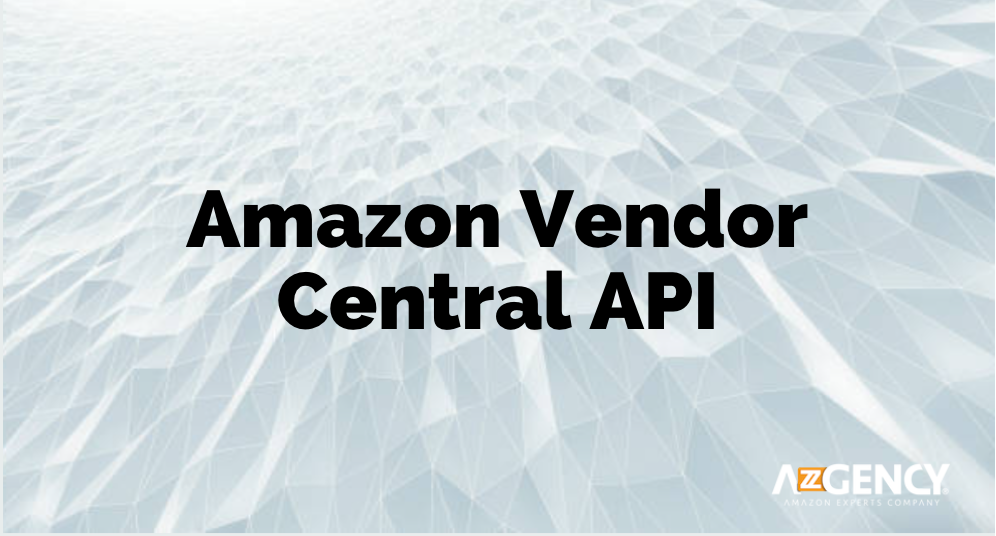Index
What is an API?
An API (Application Programming Interface) is a set of protocols, tools, and definitions used to enable different applications or computer systems to communicate with each other. It facilitates the interaction and exchange of data between software components, allowing them to work together seamlessly. APIs typically expose specific functionalities of an application or system and allow other applications to access them through a standardized interface This means that APIs are a way to enable different applications to share data and functionalities, and be able to integrate with each other.
APIs are often used to facilitate easier integration between different applications, which can increase efficiency and reduce duplication of efforts. For example, an e-commerce application could use an API to access an online payment service, or a mobile application could use an API to access weather information.
APIs can also be private or public, depending on whether they are designed to be used by a limited set of applications or by any application that meets the access requirements.
The API of Amazon
The Amazon Vendor Central API is a set of programming tools that allows manufacturers and distributors to automate and manage their relationships with Amazon more efficiently. With the Amazon Vendor Central API, sellers can perform tasks such as sending and updating information about their products, checking the status of their orders, and obtaining sales and performance reports for their products.
Connecting an API to Vendor Central can enable a brand to automate and streamline some of the processes involved in managing relationships with Amazon. For example, a brand could connect an API to Vendor Central to automate the uploading of product data and inventory updates, which can save time and effort. They could also use an API to access data about the performance of their products and to monitor the performance of their advertising campaigns on Amazon.
What advantages does using the Amazon Vendor Central API offer to the seller?
Connecting an API to Vendor Central can allow a brand to automate and streamline some of the processes involved in managing relationships with Amazon. For example, a brand could connect an API to Vendor Central to automate the uploading of product data and inventory updates, which can save time and effort. They could also use an API to access data about the performance of their products and to monitor the performance of their advertising campaigns on Amazon.
Through the Amazon Vendor Central API, a brand can access a variety of data and functionalities, including:
- Product Data: The brand can access detailed information about their products, such as features, images, and descriptions. They can also update the information of their products through the API.
- Inventory: The brand can access information about the inventory of their products and update the inventory through the API.
- Orders: The brand can access information about the orders of their products and update the status of the orders through the API.
- Product Performance: The brand can access data on the performance of their products on Amazon, including traffic, sales, ratings, and reviews.
- Advertising Campaigns: The brand can access information about their advertising campaigns on Amazon and update the ad settings through the API.
- Pricing: The brand can access information about the prices of their products and update the prices through the API.
- Reports: The brand can access detailed reports on the performance of their products and advertising campaigns on Amazon through the API.
How to gain access to the API?
- To ensure access to the Vendor Central API, it is necessary to have a vendor account on Amazon Vendor Central. If you don’t have an account yet, you can apply for one on the Amazon Vendor Central page.
- To request access to the API: Once you have an account in Vendor Central, you can request access to the API. To do so, you must access the Amazon Developer page and follow the instructions to create a developer account. Once you have a developer account, you need to request access to the Vendor Central API through the developer console.
- Review and approval of the request: Once the API access request has been submitted, Amazon will review the request and make a decision on whether to approve it or not. If approved, the requester will be provided with an access key and secret identifier to authenticate the API calls.
- API integration: Once you have access to the Vendor Central API, you need to integrate the API into the application or system you want to connect. This will involve following the API documentation and using the necessary tools and libraries to make API calls and process the received data.
It is important to note that access to the Amazon Vendor Central API may be subject to certain terms and conditions and usage limits. It is recommended to carefully review these terms and conditions before requesting access to the API and to use it appropriately while adhering to the established limits.
Autor
-
Álvaro Sánchez es un destacado emprendedor y experto en comercio electrónico y, además, socio fundador y CEO de Azzgency. Con una sólida formación en Administración y Dirección de Empresas obtenida en CUNEF, Álvaro ha demostrado su compromiso con la excelencia en el ámbito empresarial.
Además de liderar Azzgency, Álvaro se desempeña como profesor del máster de ecommerce y marketplaces en KSchool, compartiendo sus amplios conocimientos y experiencia con la próxima generación de profesionales del comercio electrónico.
Puedes visitar su perfil de LinkedIn o algunas entrevistas en Innokabi o en Nación Innovación.


